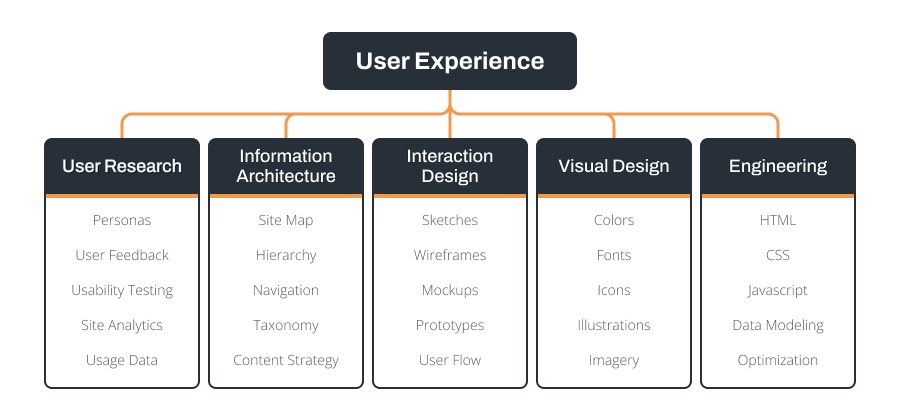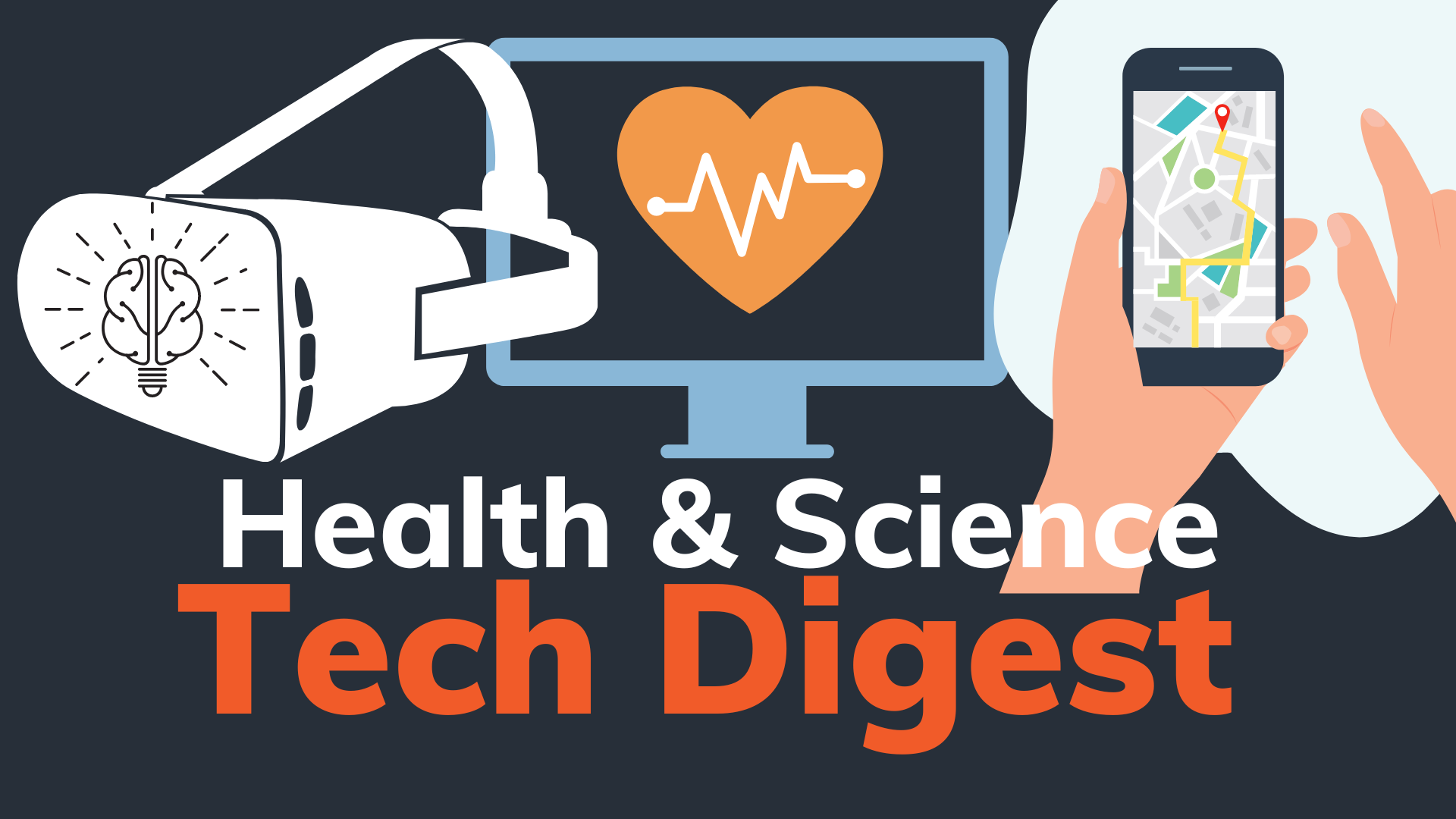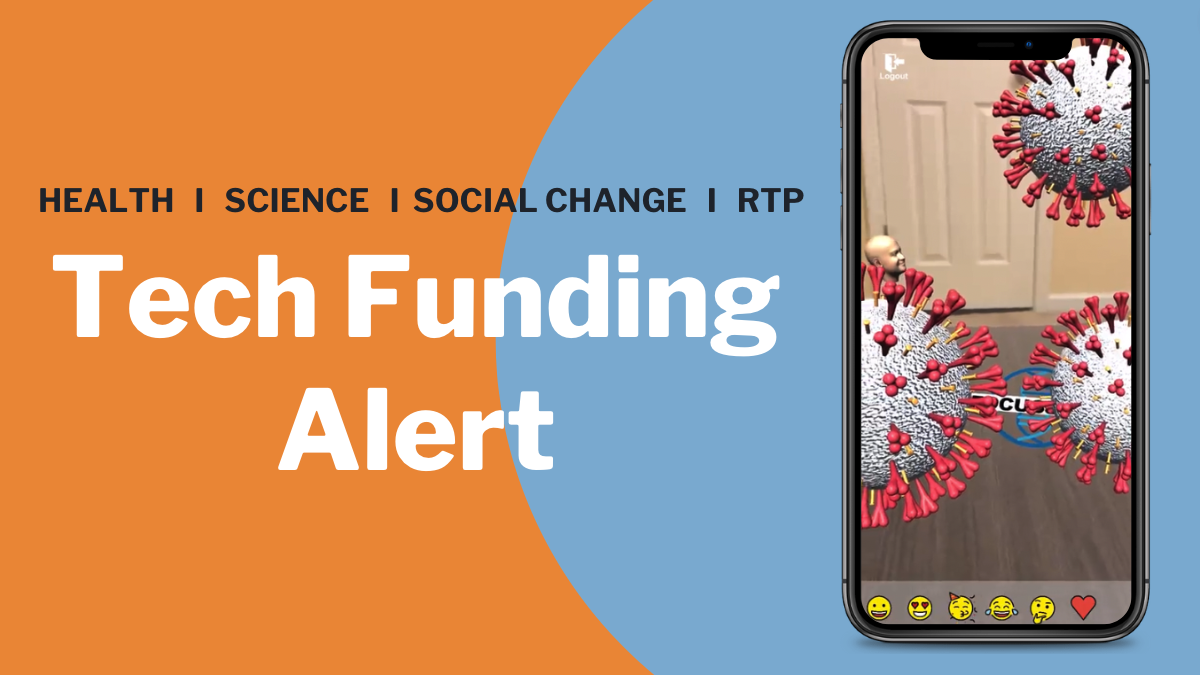UX or user experience has been a popular buzzword in marketing for years now. Despite this, the term is still largely misunderstood— business leaders know they need UX for their software to accomplish their goals, but don’t fully understand what it entails.
What is User Experience (UX)
If you want the short answer, user experience is ultimately the practice of applying a user-centric approach to every aspect of a product.
The time before User Experience (UX)
Despite user experience being such a popular buzzword, the discipline is still relatively new. Going back just 10 years, user experience was in its infancy and practiced in very few places. The common practice was for websites and software to be designed by a visual, graphic or web designer. The main driving factor was aesthetics. There was little research done on the users other than finding aesthetic inspiration.
The end result was often a nice looking product, but with key pieces missing that the end user was looking for. There might be any combination of missing functionality, navigation challenges, or an overall experience that simply required too much effort. All of these problems were observable after the software was built. The problem with this approach is that, at this point, a project will have likely exhausted its budget, and making significant changes could require further costs.
In hindsight, it is clear that the software development process was prone to unnecessary risk. This is why user experience became such a buzzword across various industries. It reduces risk in the software development process and increases the likelihood of a project being on or under budget.
What is User Experience (UX)?
The easiest way to think about user experience is as a systematic process for developing a product using a user-centric approach. Meaning, every step of the product development process is done with consideration to how it will impact the end user.
To that end, user experience is a combination of the following core disciplines:
User research is the start of the UX process. It involves understanding who the users are and what they are looking for from a specific product or service.
Information architecture is the process of organizing information in an intuitive and meaningful way. This is similar to how a traditional architect will place a kitchen next to a dining room to accommodate how a homeowner will most likely use the rooms in relation to one another.
Interaction design refers to how a system behaves when a user interacts with it. It involves determining how interactive elements in software (e.g., buttons, form fields, error messages, etc.) should behave when hovered over, clicked, tapped, dragged, etc.
Visual design refers to how a product looks. Colors, fonts, images and icons all fall under the umbrella of visual design.
UI engineering are the steps taken to bring the designs to life and make them work. Until this step, everything that has been done is static and lacks any true functionality. This impacts the user experience because it affects important aspects such as load time and responsiveness. A software application can knock the previous four disciplines out of the park, but if the UI engineering is lacking, the experience will be hampered and the product may still fail to accomplish its objectives.
Wait, what about User Interface (UI) Design?
Many people think of UI and UX as being together, or as being the same thing. Unfortunately, the meanings of these terms are not applied consistently, adding to the confusion. Much like user experience is a bucket that many disciplines fall within (as detailed above), so is UI Design. UI Design is made up of the more visual aspects of UX. Therefore, Interaction Design and Visual Design are components of UI Design.
A breakdown of UX disciplines and components
Taking a user-centric approach to all of these disciplines can mean a variety of different things depending on what the product is trying to achieve. For instance, in many cases it is best to understand what the user of a given product expects to see and give them exactly that. However, some products aim to be disruptors to an industry and require a different approach when it comes to user expectations.
Either scenario requires user research to understand what users want as well as how proposed designs will be received.
Misconceptions of User Experience
User Experience is purely about improving the aesthetics of my product. Aesthetics are but a single piece of the puzzle that make up user experience. If aesthetics are the only thing you are looking for, then you’re probably selling your product short. In that case, you might as well save money by just seeking out visual design services.
User experience has nothing to do with aesthetics. Make no mistake, aesthetics are a huge part of a quality user experience. The aesthetic-usability effect, a well-researched phenomenon in human-computer interaction, reveals that people tend to believe that things that look better will work better, even if they aren’t actually more effective or efficient.
User experience isn’t necessary for my product. This belief is one that is usually rooted in concerns over budget and/or timeline. Bypassing user experience or trying to tack it on at the end of a product development process will often lead to poor results, extended timelines and a blown budget.
User experience can be done by a single person. To do UX well, it needs to span many different disciplines from research to design and development. There are certainly talented UX professionals who can cover multiple disciplines, but asking one person to handle all UX-related responsibilities across the software development process will result in an extremely slow turnaround time.
In closing
User experience is difficult to define and even harder to execute at a high level because it is a fundamental change in how products have been built for decades. CrossComm has embraced user experience as a means to help our clients accomplish their goals. Understanding our clients’ users and catering to their needs and desires has proven to be highly effective.




